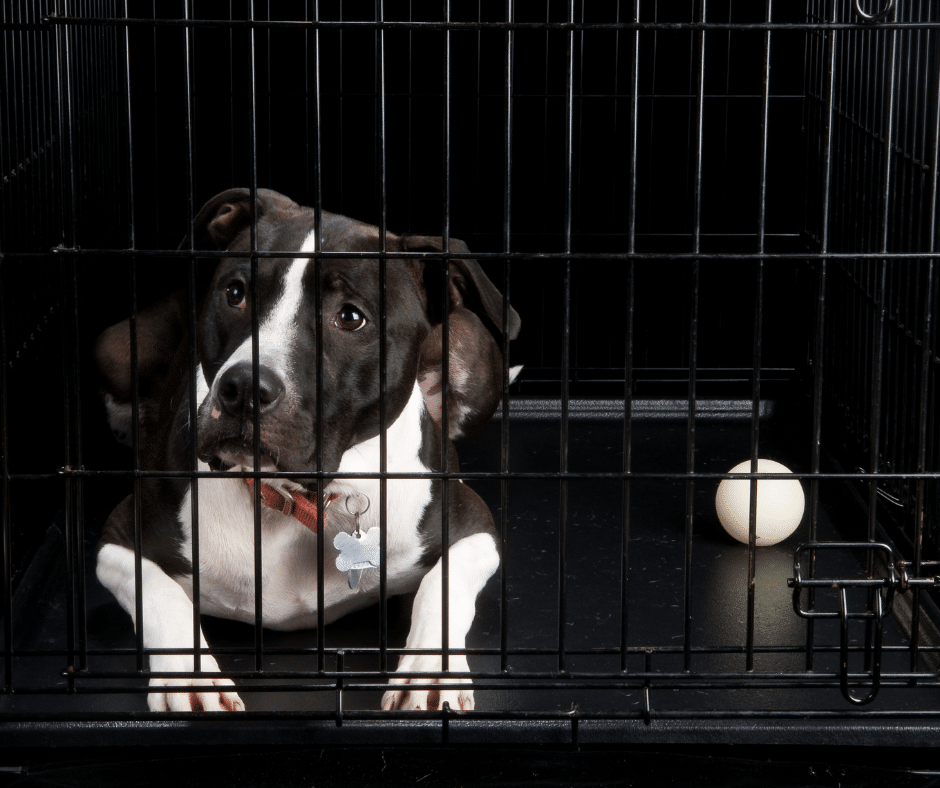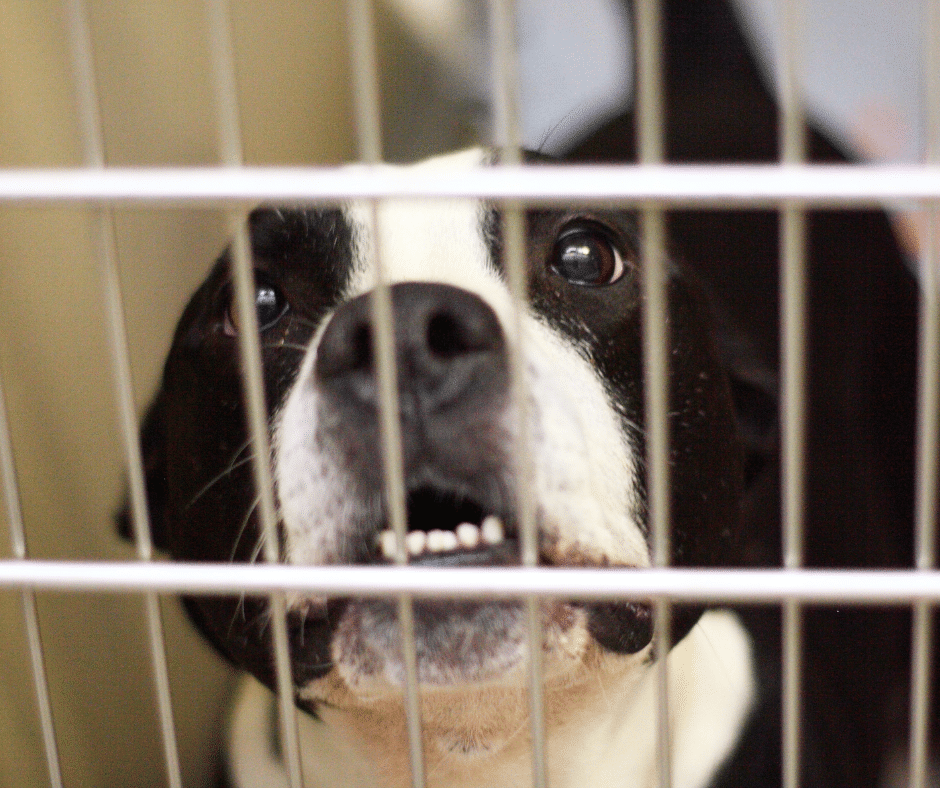Many people crate train their dogs for a variety of reasons. Some people do it to housetrain their dog, some do it to keep their dog safe when they’re not home, and others do it because they find that it makes training the dog easier overall. Whatever your reason for wanting to crate train your dog, there are a few things you need to know in order to do it right.

In this blog post, we will discuss the basics of crate training dogs and how you can get started today!
Crate training dogs is often seen as a controversial topic. Some people believe that it is inhumane to confine a dog to a small space, while others see it as a necessary evil. However, there are many benefits to crate training your dog if you do it correctly.
One of the main reasons people crate train their dogs is for housetraining purposes.
If you have a young puppy, they may not be able to hold their bladder for very long. By confining them to a small space, you can control when they have the opportunity to go to the bathroom and make accidents less likely.
Another common reason people crate train their dogs is for safety reasons.
If you have an energetic dog that likes to run around, a crate can provide them with a safe space to stay while you’re away from home. This can prevent them from getting into mischief or hurting themselves by running out into the street.

Crate training can also be helpful if you’re trying to train your dog overall.
Dogs are instinctively den animals, so crates can help them feel more comfortable and relaxed in new environments. This can be especially helpful if you’re trying to socialize a shy or fearful dog.
If you’re considering crate training your dog, there are a few things you need to keep in mind:
First, make sure that you get a crate that is the right size for your dog. It should be big enough for them to stand up and turn around in, but not so big that they feel like they can roam freely.
Second, introduce the crate slowly and make sure it’s always associated with positive experiences. You can do this by feeding your dog their meals in the crate or giving them special treats whenever they go inside.

Finally, don’t use the crate as a punishment. This will only make your dog dread going inside and make the training process more difficult overall.
Crate training can be a great way to provide your dog with a safe space of their own, but it’s important to do it correctly. By following these tips, you can get started on crate training your dog today.
